Kyoto proves it’s a cultural marvel — even in the rain
Japan’s old capital is just as enchanting when you wander off the beaten track.
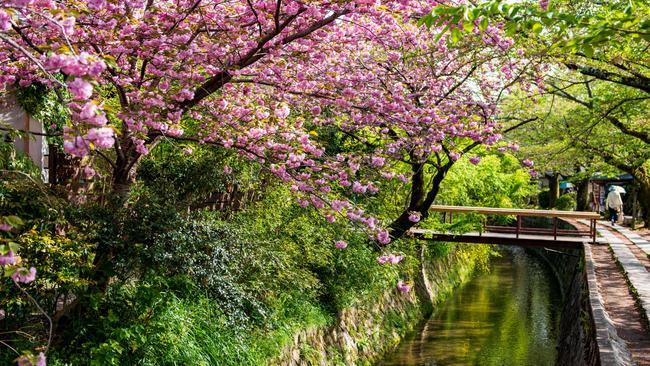
It’s not supposed to be like this. Day one in beautiful Kyoto and our first stop, according to our lovingly curated daily planner, is the small but enchanting Philosopher’s Walk, a meandering 2km pedestrian path beside a cherry-tree lined canal. Quaint and tranquil, a stone path next to a tiny waterway may not be the most coveted destination for the increasing crowds visiting this most magnificent city, but it’s ground zero on our personal tourism trail, and the thought of a serene stroll in the sunshine propels us in its direction on our first morning in the city for years.
We do not, however, factor in the rain that is already falling early this morning, and that, we belatedly discover, is predicted to last all day. So the Philosopher’s Walk is relegated to a sunnier time later in the week, and over a lavish Japanese breakfast of salmon, miso and assorted sides, we Google rainy day ideas for Japan’s cultural capital.
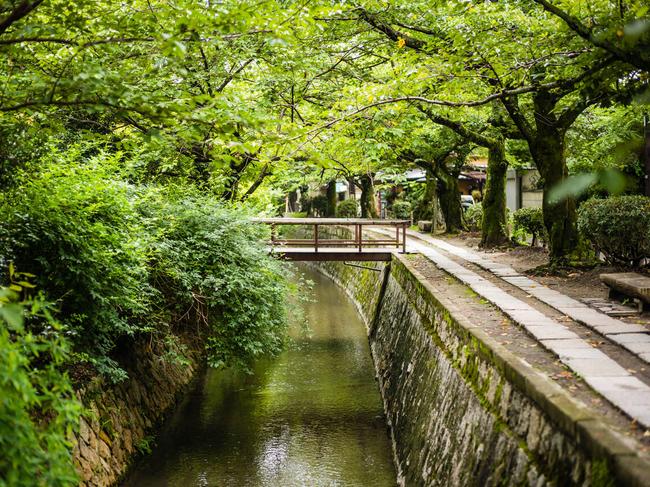
There is no view, however, from Kyoto Tower on this bleak day, with low-hanging, heavy clouds, and we don’t fancy a stop at the International Manga Museum or the Kyoto Railway Museum.
Instead, we grab a couple of umbrellas from reception and head for the streets. And almost immediately we see that while the best laid plans can go awry, they can also lead to some delightful discoveries.
It helps that Kyoto is captivating even in the rain. In the narrow, mostly traffic-free streets of our inner-city neighbourhood, the start of the working day sees countless dainty doors being slid open to reveal mini bakeries, and pocket-sized boutiques with entertaining names like I Am Not An Architect.
Our destination is Nishiki, the city’s 400-year-old market packed with all manner of food outlets, and today an undercover oasis. Also known as Kyoto’s kitchen, it’s still relatively crowd-free by mid morning, leaving plenty of room and time to test the pickles, rice, seasonings and crackers that are proffered all along the narrow alleyway as it stretches for blocks through Kyoto’s commercial heart.
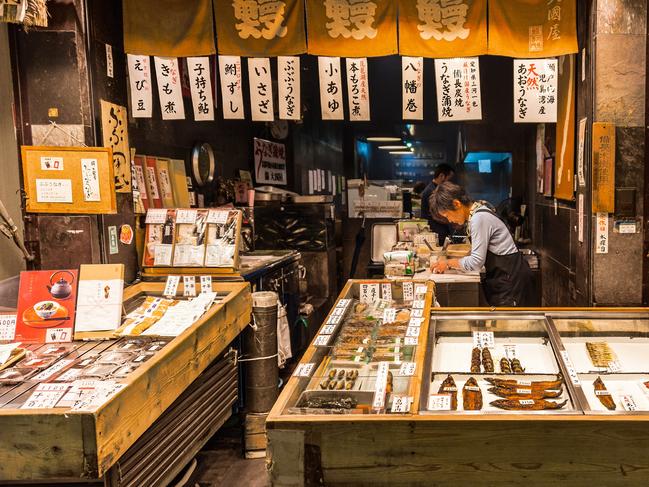
The far end of the market is intersected by two other undercover streets, where you can acquire everything from raincoats to ceramics. There are old stores selling precision honed knives, and at the atmospheric Kichuudo, a 120-year old Buddhist texts bookshop, there is joy to be had just taking in its eye-catching wooden facade, a fusion of Japanese and Western design.
You can find beauty everywhere, but it reveals itself in a special way in Kyoto. One minute we’re peeking through the window of a beef noodle cafe, the next, with just a shift of the head, we spot a simple sign at the end of a short alley. The Japanese wordage remains a mystery, but it’s the gentle flapping of a half curtain, and what beckons beyond it, that is alluring.
The beautiful courtyard garden that lies on the other side of the curtain, in the heart of the city, may not be secret, judging by the universal signs on one wall that indicate you may sit but not eat, but it’s certainly unexpected. A Japanese oasis of green, it’s full of moss and carefully tended shrubs, with a mini stream and even some carefully placed paving stones.
At the far end of the garden is a small pavilion. Inside, the man behind the counter reveals he is the 18th generation of his family to have worked here at Misuyabari, where he and his relatives have been selling sewing needles for the citizens of Kyoto for 400 years.
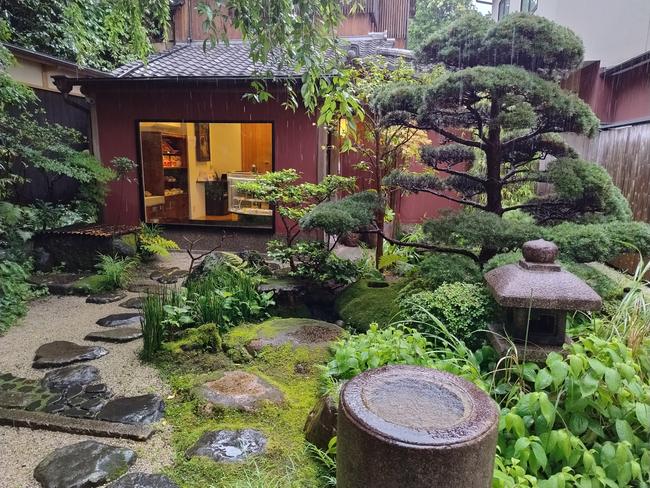
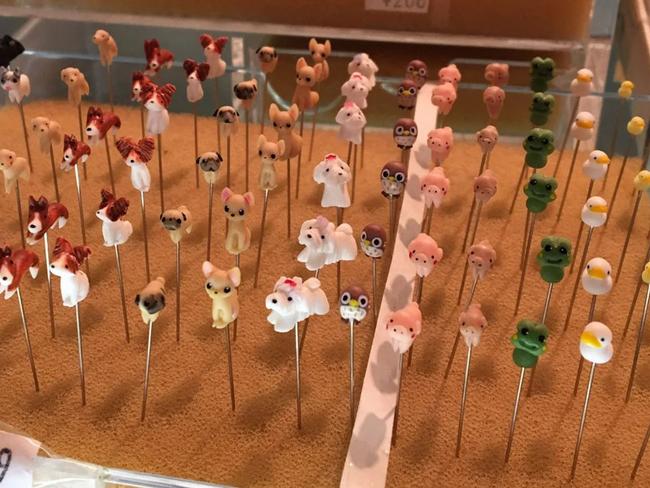
Old and exquisite, this place is also unique. We learn later that this is the only needle shop in the country. Do we need needles? Not really. But combined with its stunning garden, the discovery of this shop is yet another notch on a long list of highlights in this most serene destination.
Getting there: Qantas, Japan Airlines, ANA and Jetstar have regular flights between Japan and major Australian cities. From Sydney, Jetstar flies directly to Kansai, the closest airport to Kyoto. For those who prefer not to fly overnight, Qantas and ANA also offer day flights in both directions between Sydney and Tokyo. Regular high-speed trains link Tokyo with Kyoto in just a few hours.
Eat: Given that a good part of the enjoyment of Japan is never knowing what interesting space you’ll find behind a flapping curtain or at the end of two flights of stairs, not to mention how tricky Japanese addresses can be, it can be useless recommending restaurants. Food across Japan is invariably good, and stumbling across a delightful eatery adds another layer to the joy of travelling here. Still, some places stand out. In the Fushimi sake district, a short train ride from Kyoto Station, Tsuki no Kurabito is a spacious, wood-lined restaurant inside a century-old sake brewery. Shoes are stowed in one of the small wooden lockers near the entrance to the restaurant, so expect to be led in socks to a sunken table where you can sup on a multi-course feast for less than $40 a head. Be sure to taste the just-made soft tofu – or, better still, make your own table-side.
tsukinokurabito.jp/english.html
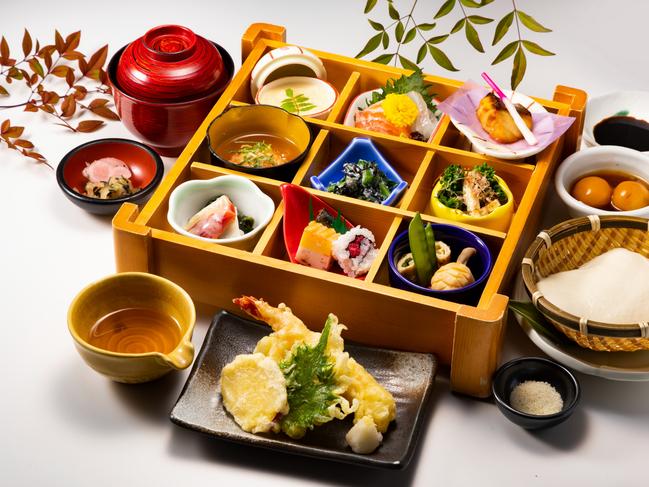
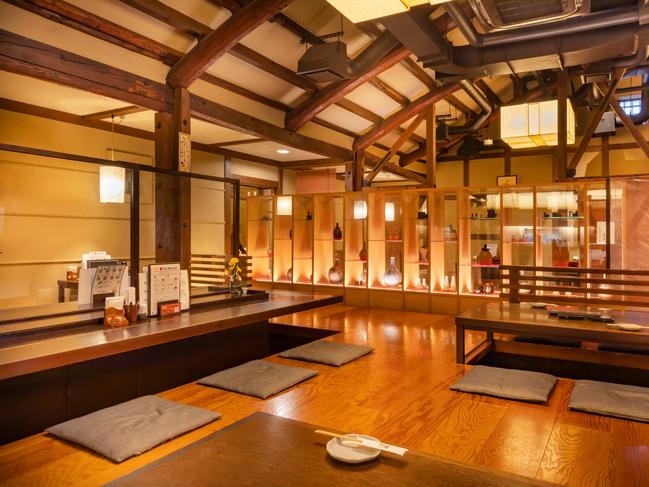
Stay:A 10-minute walk from Nishiki Market, Hotel Vista Premio Kyoto Nagomitei is in a pretty neighbourhood full of eateries (we count more than a dozen within 100m) and wooden-clad hotels. The property features a lounge, a reasonably priced laundry and a Japanese courtyard. Room rates vary by season. We paid around $170 a night for two in late May, including breakfast.
kyoto-nagomitei.hotel-vista.jp/en/
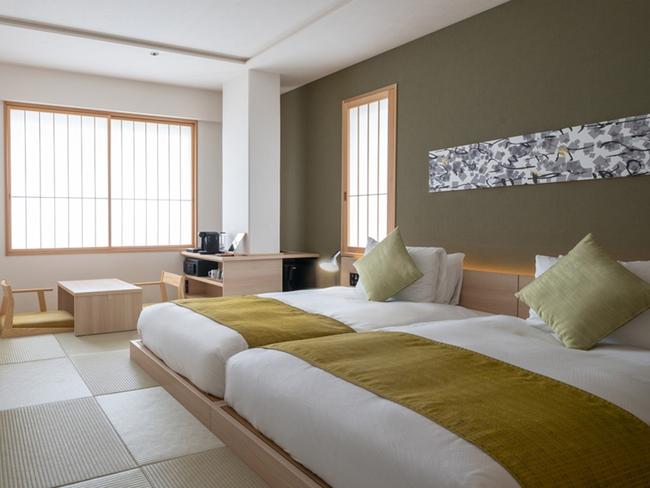
Must do: Short, flat and tranquil, the Philosopher’s Walk is hardly screaming for attention. In fact its allure is its understatedness. Amazingly, it seems to have remained a surprisingly quiet spot, even with the city’s increasing crowds. Named after a Japanese philosopher who would meditate on his daily walk to the nearby Kyoto University, it runs from the magnificent Ginkakuji (Silver Temple). It’s a fair walk from the centre of town, from where regular buses can instead drop you off at Ginkakuji. The path is especially popular in April, when its cherry trees burst with colour.



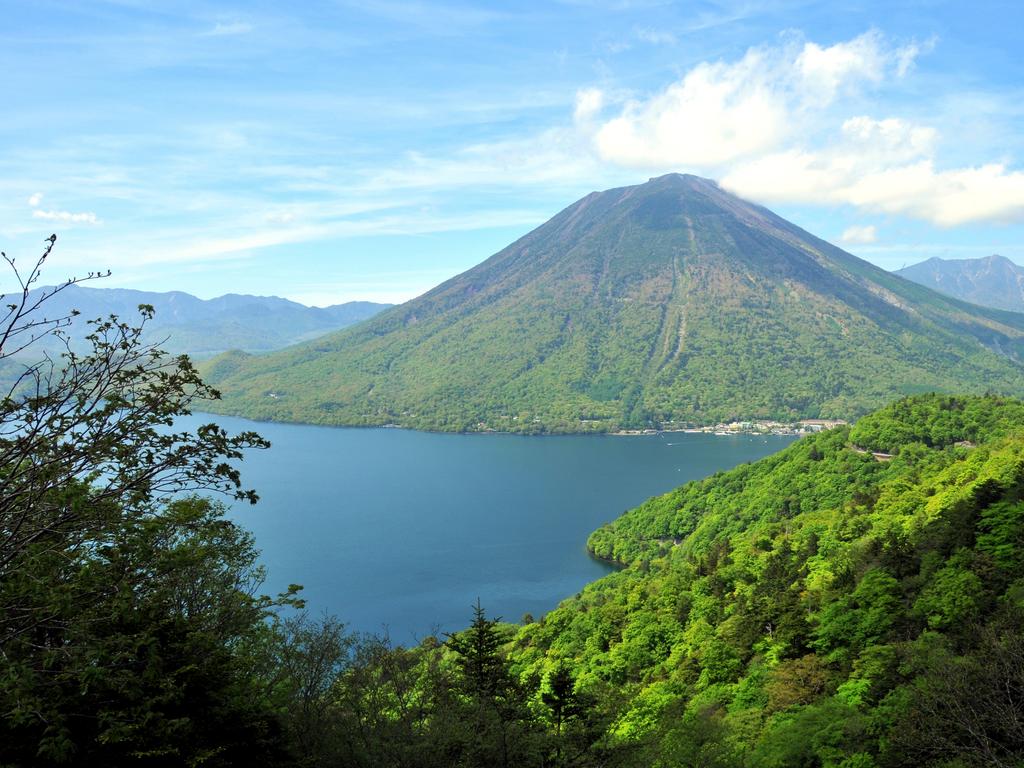
To join the conversation, please log in. Don't have an account? Register
Join the conversation, you are commenting as Logout